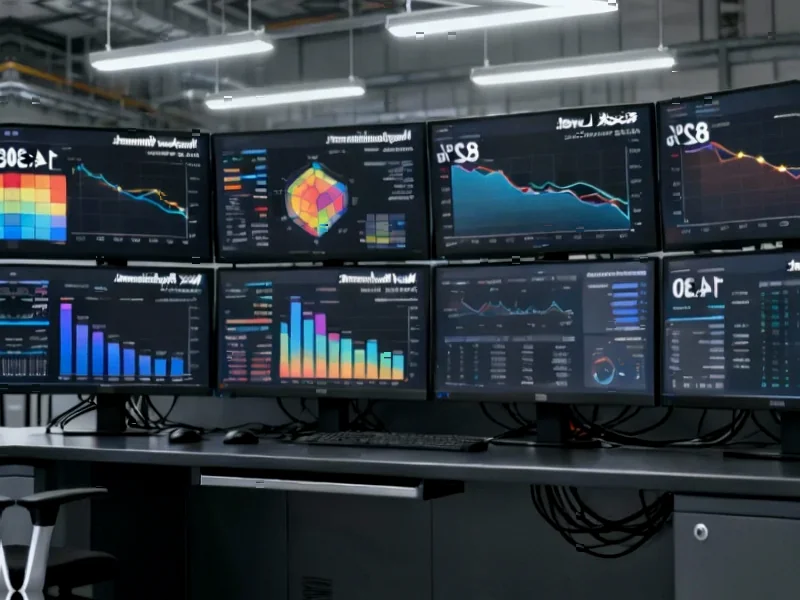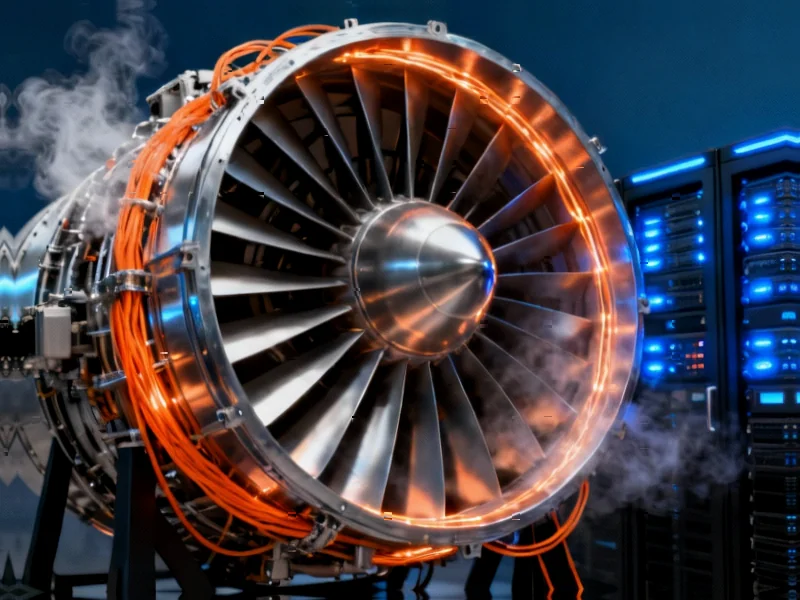According to DIGITIMES, Taiwan’s semiconductor foundry industry revenue is projected to exceed $130 billion in 2025, representing a massive year-on-year increase of over 30%. This explosive growth is primarily driven by strong demand for advanced processes fueled by AI applications across multiple sectors. Additionally, uncertainty surrounding US policies has prompted the supply chain to actively stockpile inventory, further boosting revenue figures. Looking ahead to 2026, the industry is expected to maintain momentum with another 10% year-on-year growth, setting new records. The AI race continues to intensify with cloud data centers expanding their computing power, creating sustained demand for AI accelerators and ASICs. However, geopolitical risks including the US-China trade war and tariff policies remain significant variables that could impact this trajectory.
Market implications
This isn’t just about big numbers—it’s about who wins and who gets squeezed. TSMC and other Taiwanese foundries are basically printing money right now, but here’s the thing: this level of growth creates ripple effects throughout the entire electronics ecosystem. Component suppliers, equipment manufacturers, even industrial computing providers like IndustrialMonitorDirect.com are seeing increased demand as factories ramp up production.
But what happens when everyone’s building inventory? We’re looking at potential supply gluts down the line if demand doesn’t materialize as expected. And let’s be real—when the supply chain starts hoarding chips, prices get weird. Some customers are probably paying premiums right now just to secure capacity, while others might get caught holding expensive inventory if the market cools.
Geopolitical reality check
Now for the elephant in the room: Taiwan’s semiconductor dominance exists in one of the world’s most geopolitically tense regions. The report mentions US-China trade tensions and tariff policies as “significant variables,” but that’s putting it mildly. We’re talking about an industry that’s become a strategic battleground between superpowers.
So what happens if tensions escalate? Companies have been diversifying supply chains for years, but you can’t just replicate Taiwan’s foundry expertise overnight. The concentration risk here is staggering—most of the world’s advanced chips flow through this one island. That’s both a competitive advantage and an existential vulnerability.
AI demand sustainability
Everyone’s betting big on AI driving this growth through 2026, but here’s my question: how much of this is real demand versus speculative stocking? Cloud providers are indeed building out massive AI infrastructure, but we’ve seen technology hype cycles before. Remember when everyone needed blockchain everything?
The difference this time is that AI applications are actually delivering value across industries—from manufacturing automation to healthcare diagnostics. That suggests this might be more sustainable than previous tech bubbles. Still, 30% growth is absolutely insane for an industry of this scale. Something’s gotta give eventually.




